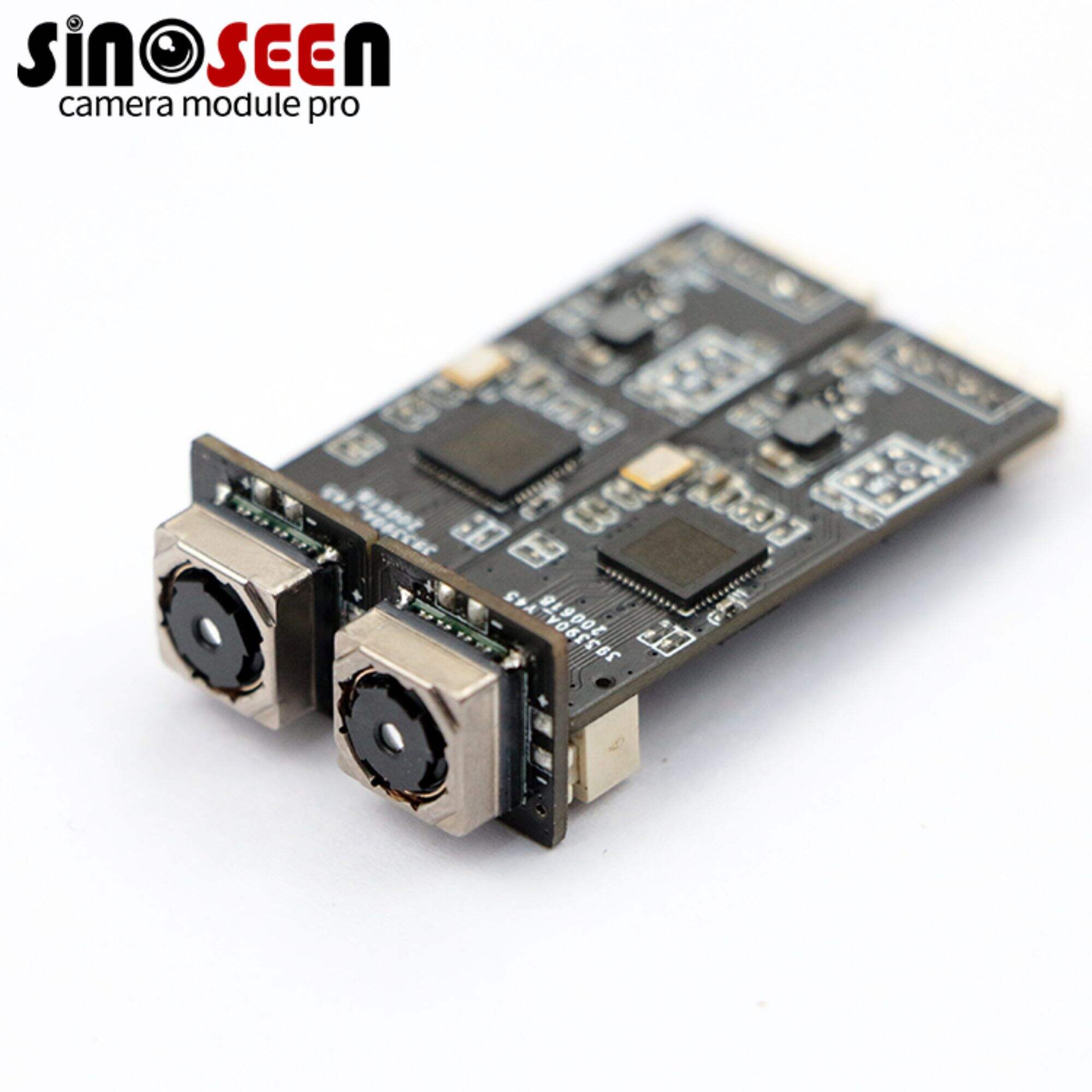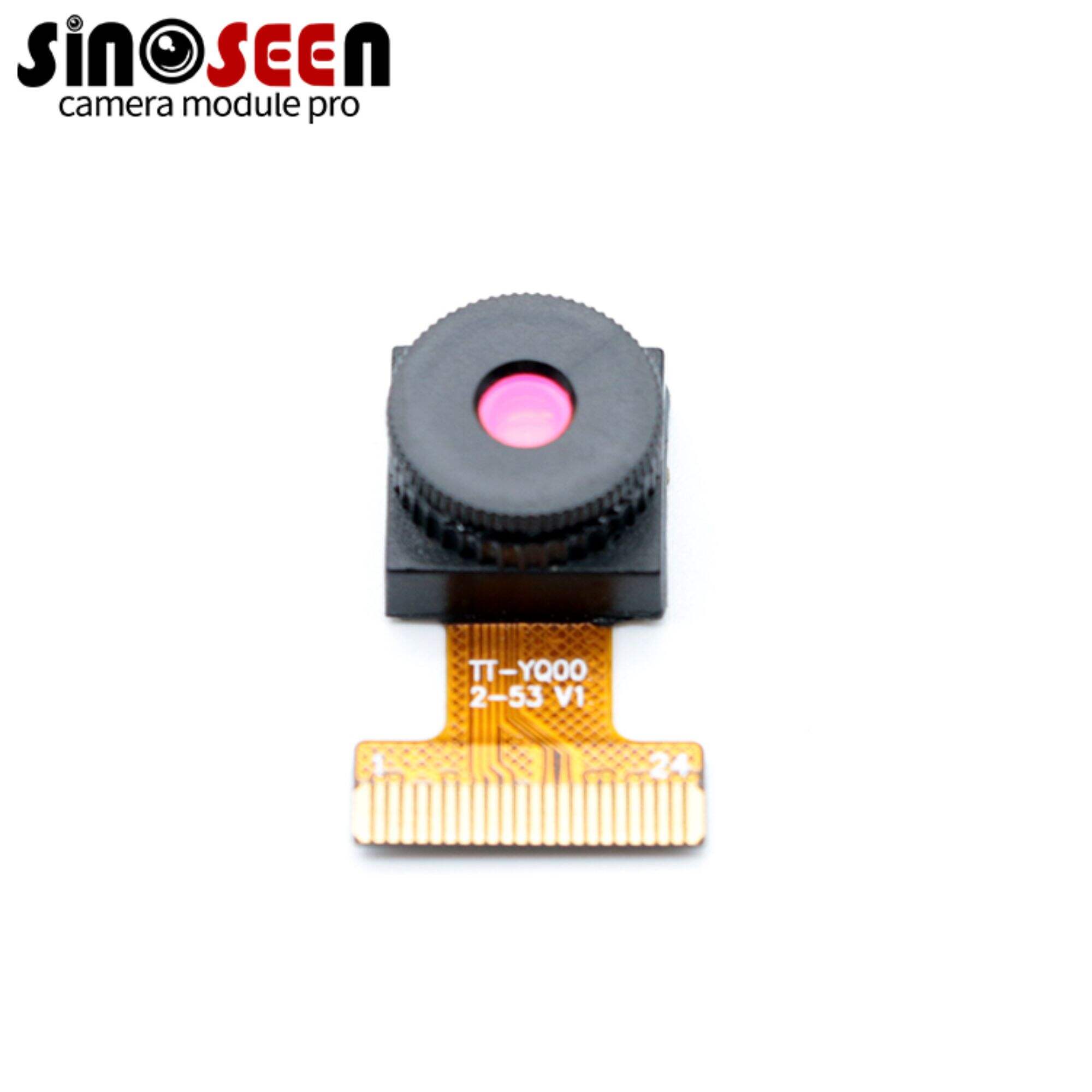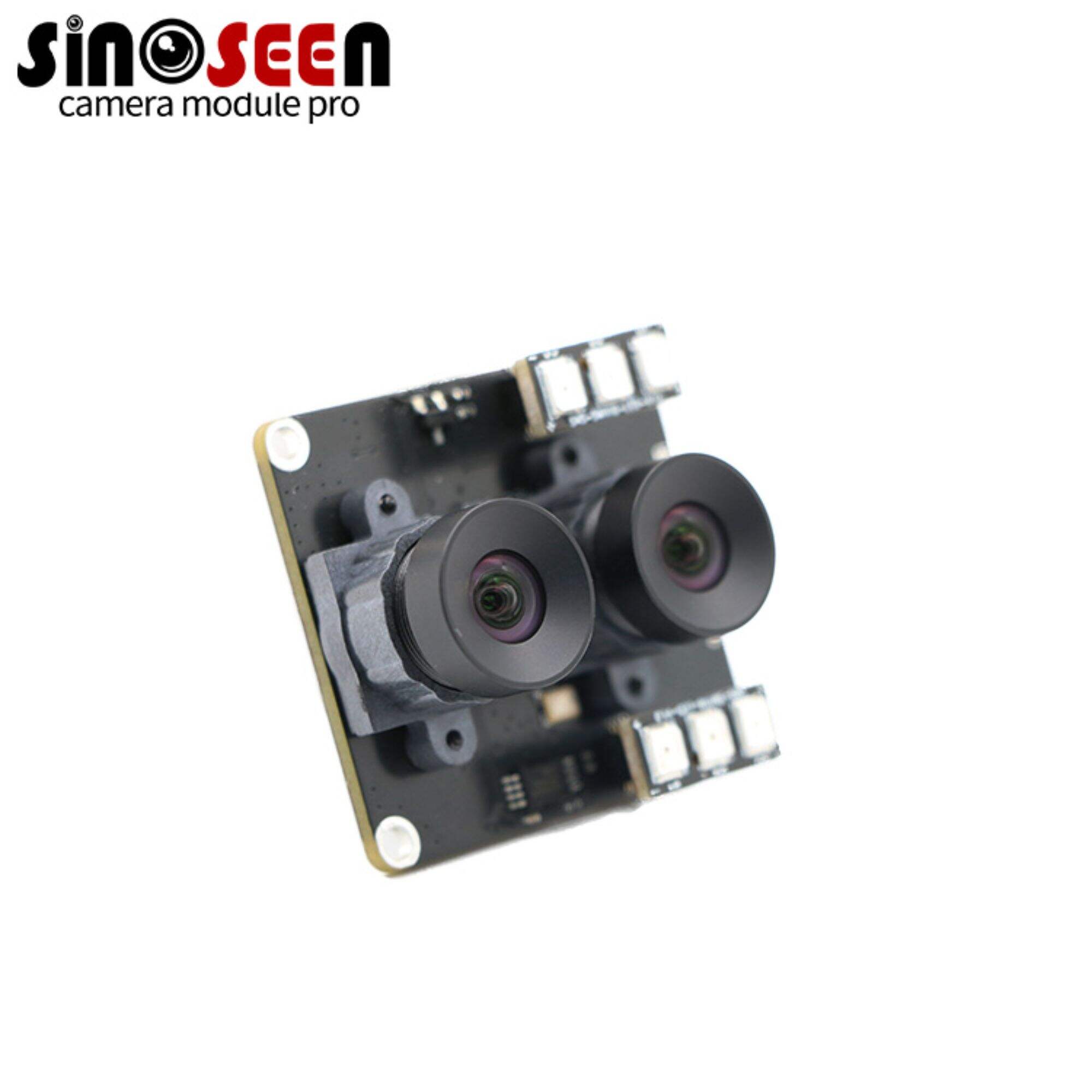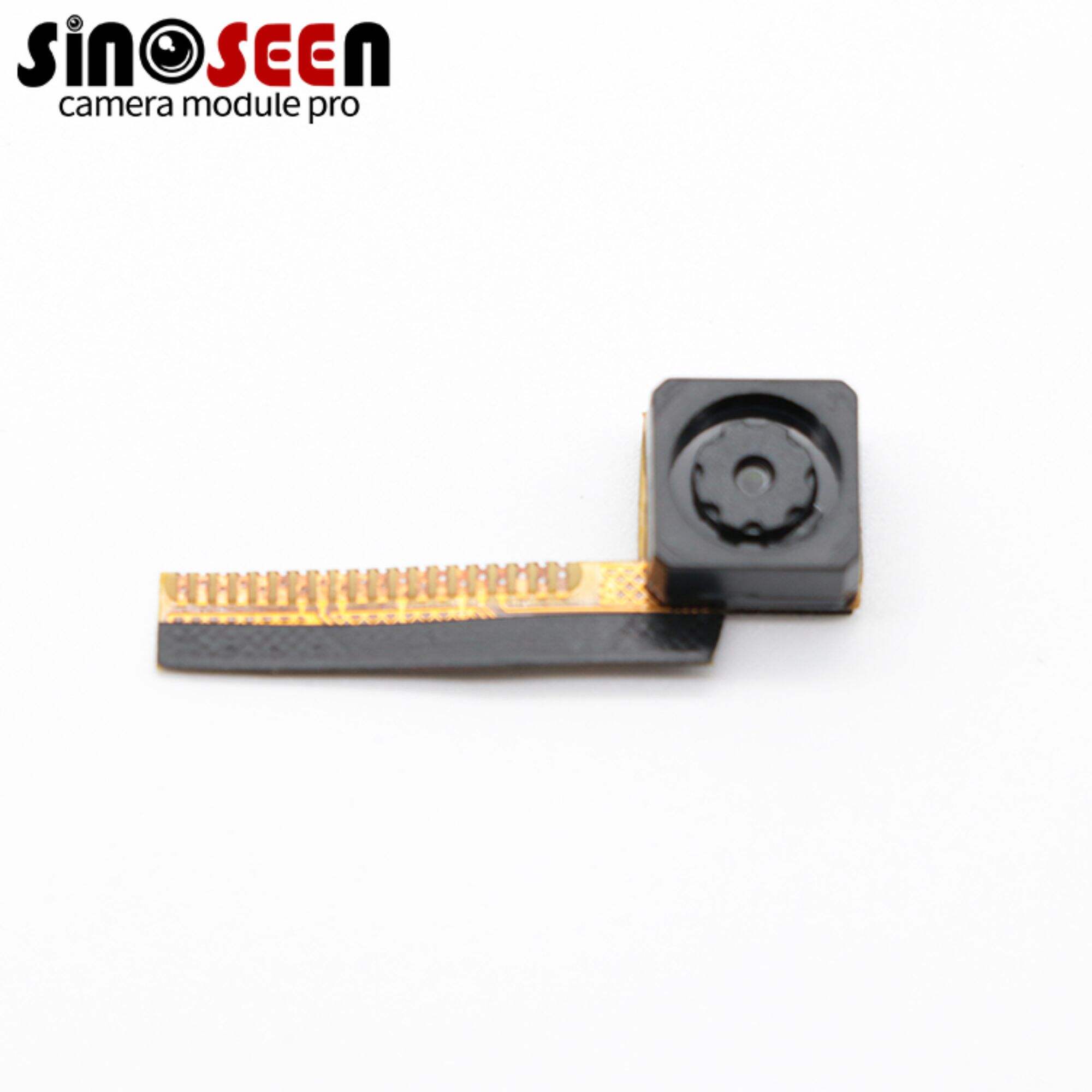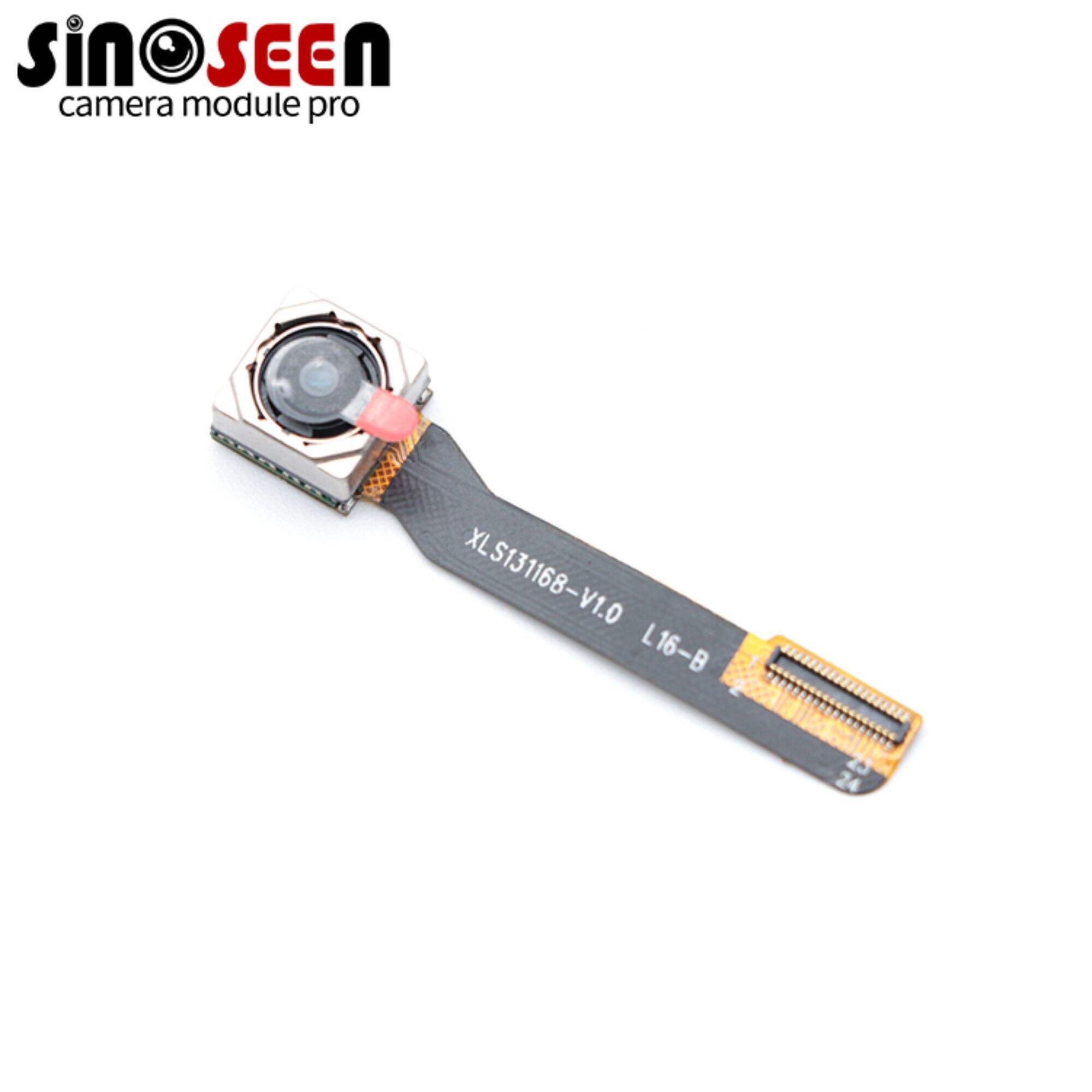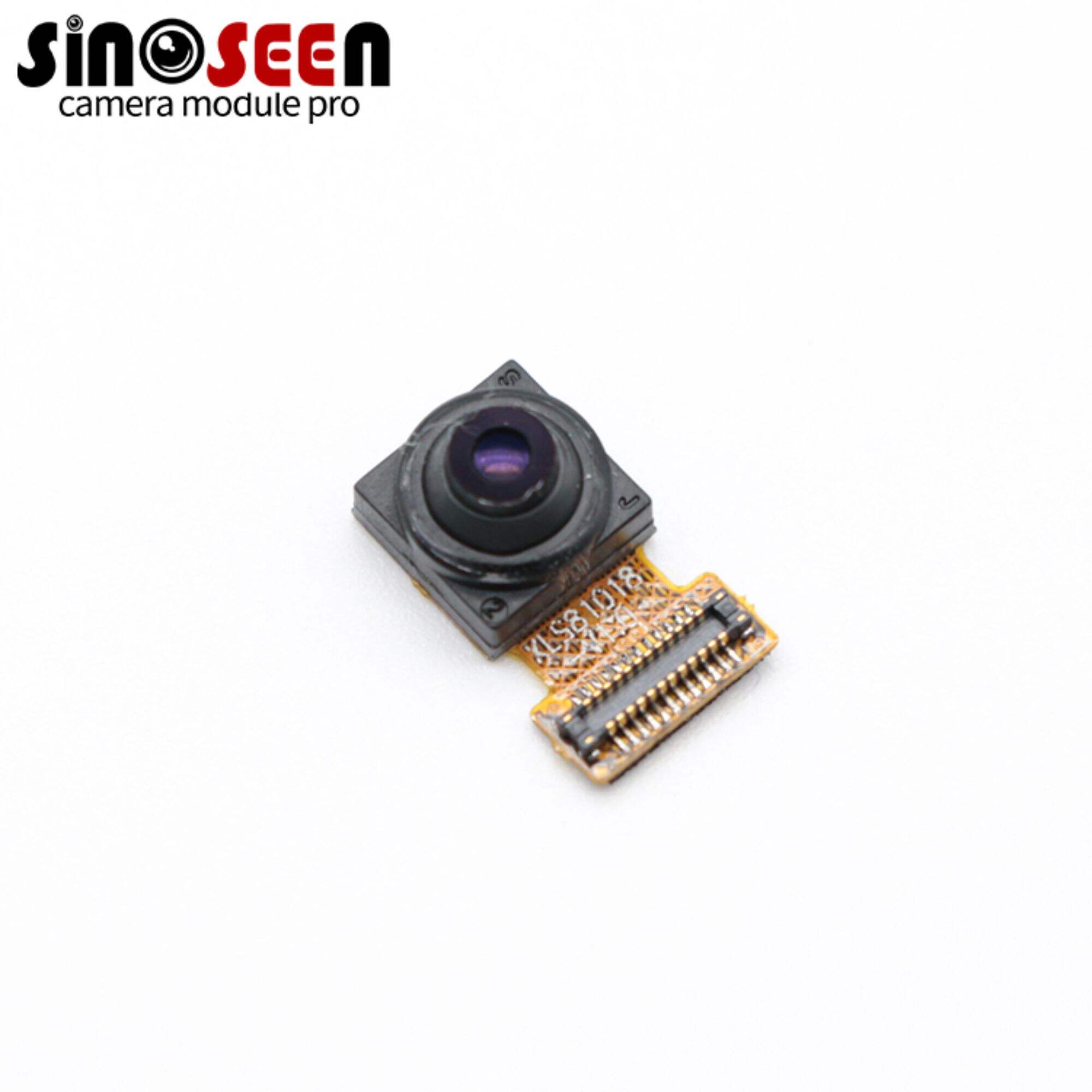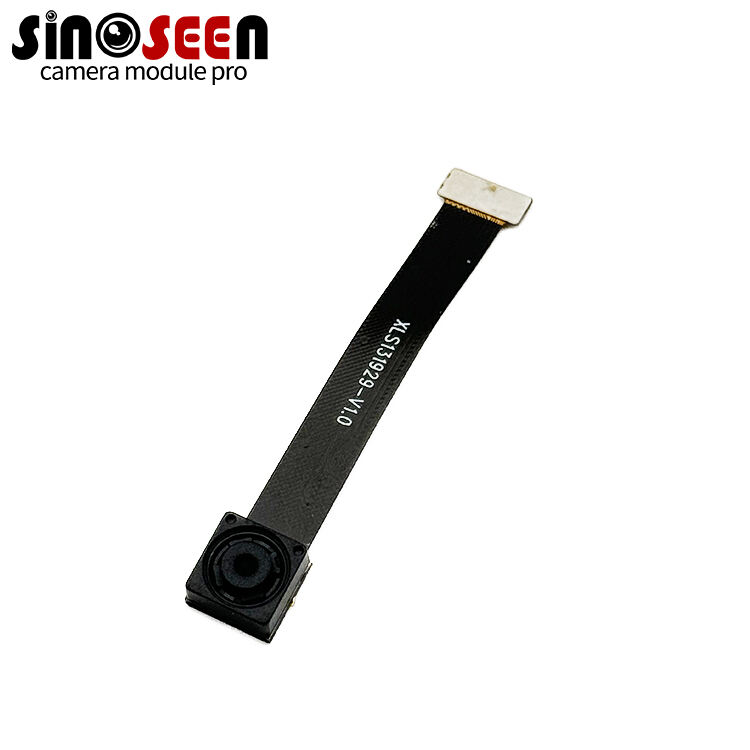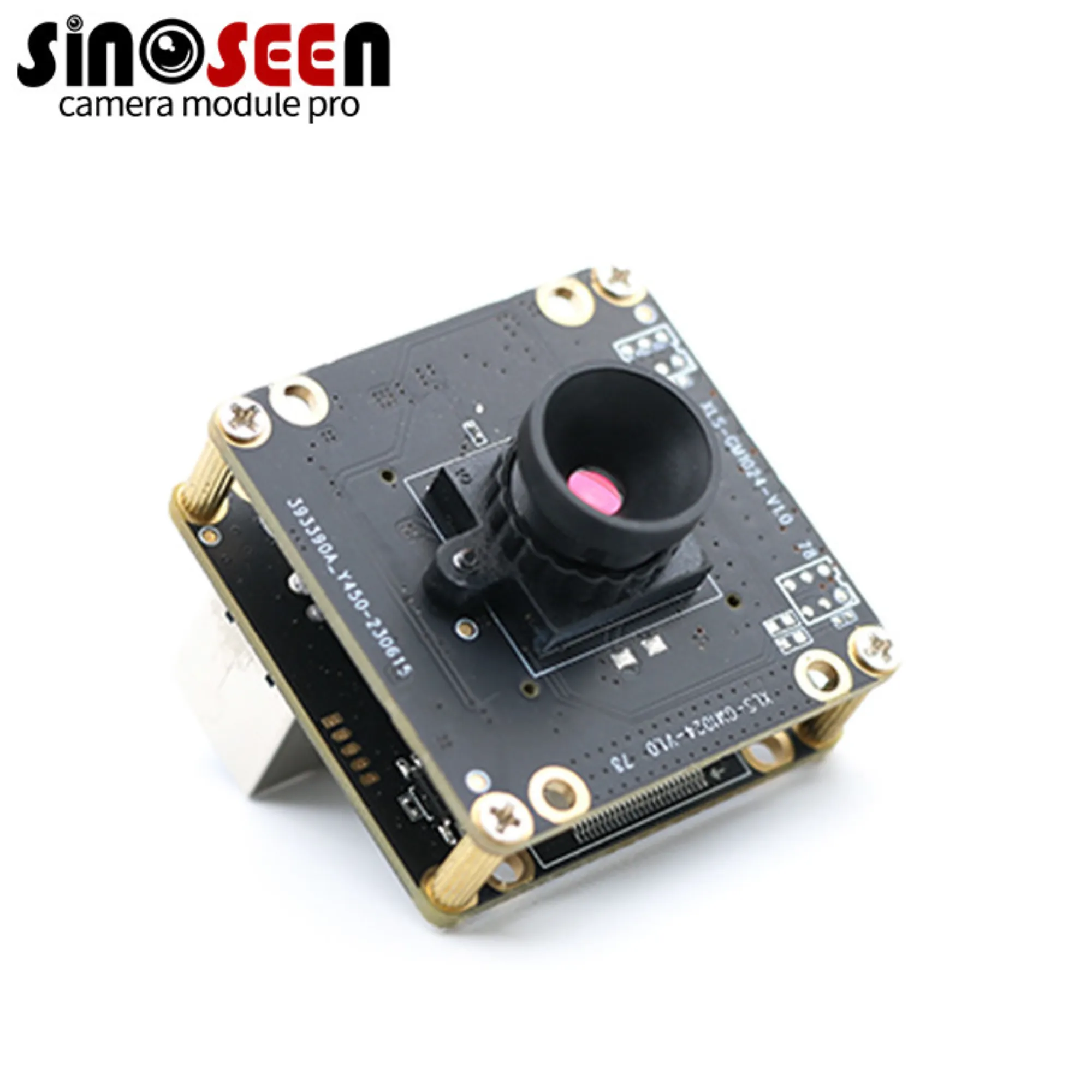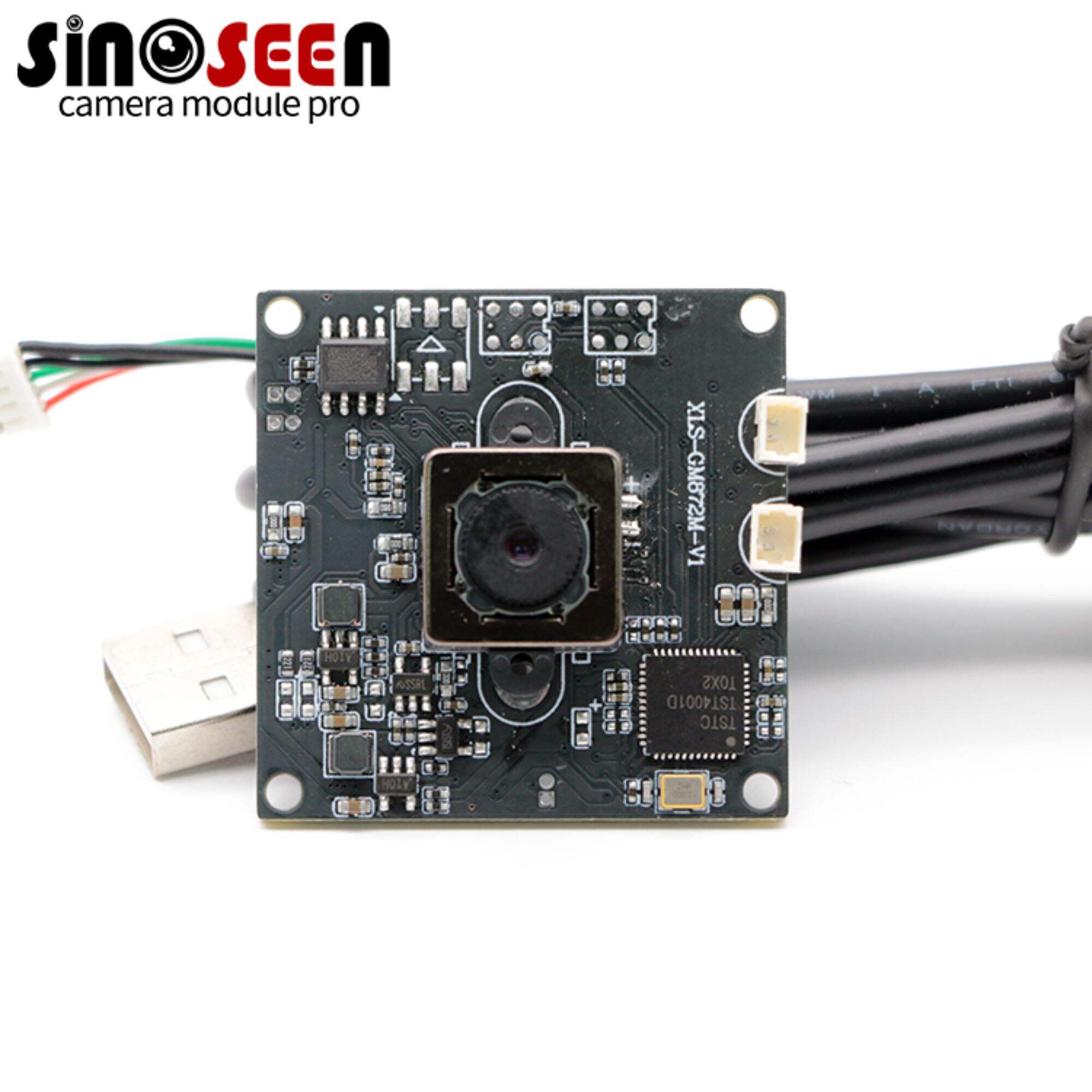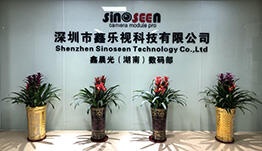What are the disadvantages of a thermal camera module?
Image Quality Limitations in Thermal Camera Modules
Lower Resolution Compared to Visible-Light Cameras
Thermal cameras are often limited by their lower resolution when compared to visible-light cameras. Typically, thermal camera modules range from 160x120 to 640x480 pixels, whereas visible-light cameras can surpass several million pixels, such as 1920x1080 or higher. This disparity in pixel resolution results in reduced detail and clarity in thermal images, posing challenges in accurately capturing finer features. For instance, in fields like surveillance or medical diagnostics, the ability to discern intricate details is crucial for effective operation. Studies indicate that this resolution limitation affects operational efficiency and can lead to less precise outcomes in scenarios where high detail is imperative.
Lack of Color Accuracy and Detail
Another limitation of thermal camera modules is their lack of color accuracy and detail. Unlike visible-light cameras that capture true color representations, thermal cameras often use color palettes that do not directly correspond to actual colors. This can lead to potential misinterpretations of the data, as operators might find it challenging to understand the environmental context. The inability to depict color variations is particularly problematic in applications that require precise visual analysis, such as art inspections or ecosystem assessments. Evidence shows that users can struggle with situational awareness due to this lack of detailed color representations, ultimately impacting the usability and comprehensibility of thermal images in diverse applications.
Economic Drawbacks of Thermal Camera Technology
High Initial Cost of Thermal Sensors
Thermal camera modules come with a high price tag, ranging from several thousand to tens of thousands of dollars. This cost is influenced by factors such as resolution and sensitivity features. For many small businesses, such a significant financial outlay can be a deterrent, despite the various advantages thermal technology provides. The high initial cost can strain budgets, particularly for those enterprises that require careful financial management. Furthermore, market analysis shows that the return on investment (ROI) can take years to materialize, adding to the challenge for smaller businesses to allocate resources toward adopting thermal imaging systems.
Specialized Optics and Maintenance Expenses
Apart from the high initial costs, thermal cameras' specialized optical components further elevate expenses. These cameras require optics tailored specifically for infrared wavelengths, adding to the overall cost of the system. Regular maintenance and calibration are also necessary to ensure the accuracy and reliability of thermal imaging, further increasing operational costs. Statistics indicate that maintenance expenses can compose a significant percentage of the total expenditure over time, making it another economic hurdle for organizations employing thermal imaging technology. This need for ongoing care and specialized components underscores the financial commitment necessary for maintaining high-quality thermal imaging capabilities.
Technical Challenges in Thermal Imaging
Susceptibility to Ambient Heat Interference
Thermal cameras face challenges from ambient heat interference, where external heat sources like sunlight or industrial machinery can lead to inaccurate readings. This interference poses significant difficulties for operators and analysts, particularly in environments with fluctuating temperatures. A study by thermal imaging experts notes that minimizing these errors requires strategic positioning, often in challenging environmental conditions. For operators in industries where precision is necessary, understanding and managing these interferences is critical to capitalize on thermal imaging's capabilities.
Calibration Drift Over Time
Calibration drift in thermal sensors is a technical issue that can compromise their accuracy over time. This drift refers to the gradual loss of measurement precision, necessitating periodic recalibration to maintain functionality. Precision measurements, especially in critical fields like aerospace and manufacturing, can be severely affected by this drift. Industry standards advocate for regular recalibration schedules to prevent such issues, adding an extra layer of logistical planning and cost. This ongoing need for recalibration warrants careful consideration, especially where consistency and accuracy are paramount.
Functional Limitations for Detail Recognition
Poor Performance in Visual Clarity Tasks
Thermal cameras face inherent limitations when it comes to visual clarity, particularly in distinguishing between objects with similar thermal signatures. This can significantly impact their effectiveness in security and surveillance applications where detailed image recognition is crucial. Expert opinions often suggest that this functional gap in thermal cameras necessitates the use of supplementary visible-light cameras. By pairing thermal systems with visible-light cameras, it's possible to enhance the clarity and accuracy of the images produced, thus improving the overall reliability of these systems in complex operational settings.
Inability to Penetrate Certain Materials
Thermal imaging is confined by the nature of infrared radiation, which cannot penetrate materials such as glass or dense fabrics. This limitation restricts the use of thermal cameras in environments where barriers might obscure critical heat signatures. For example, in industrial settings, walls and other obstacles can cause challenges for heat detection. Reports emphasize the importance of recognizing these limitations and carefully considering environmental factors when deploying thermal imaging technologies. Such awareness ensures that these tools are used effectively, complementing their strengths while acknowledging their potential shortcomings.
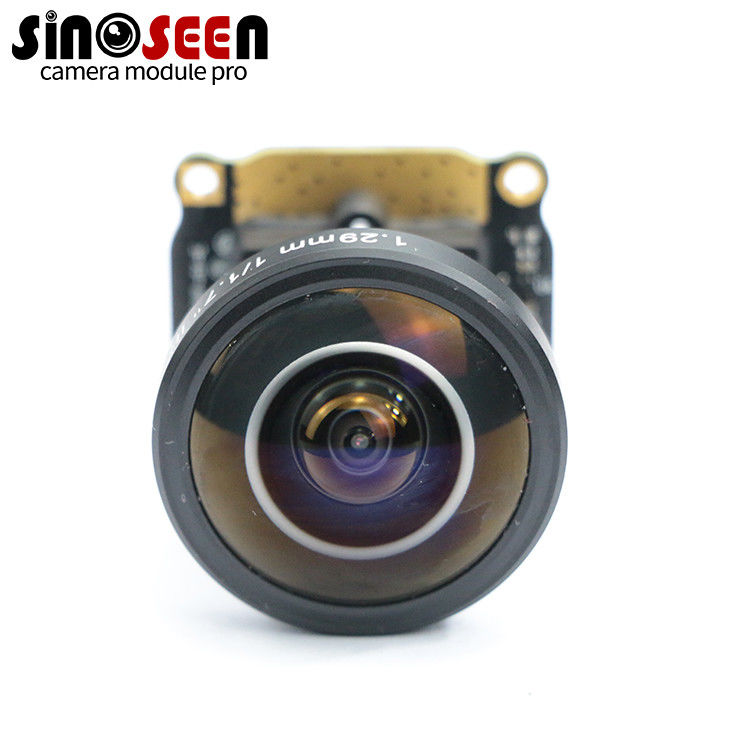
Comparative Disadvantages Against Other Camera Modules
Thermal vs. Night Vision Capabilities
When comparing thermal cameras to night vision devices, it's essential to understand each technology's distinct operational advantages. Thermal cameras are designed to detect heat patterns and are particularly effective in environments with limited lighting, enabling users to observe objects based on their thermal signatures. Night vision cameras, by contrast, amplify available ambient light, making them more suitable in situations where the background is cluttered and there is some light to amplify. Interestingly, night vision can outperform thermal systems in such environments, making it crucial for users to understand these differences when choosing between the technologies. Therefore, selecting the appropriate camera module requires a reflective assessment of the environment and understanding the specific needs, as both systems cater to different operational challenges.
Resolution Trade-offs in Specialized Applications
Thermal cameras often face a trade-off between resolution and sensitivity, affecting their applicability in certain specialized tasks such as search and rescue operations or wildlife observation. These cameras tend to prioritize sensitivity, which is invaluable for detecting temperature variations, but this comes at the expense of finer visual details. Low resolution can be a significant drawback when precise detail recognition is paramount, potentially leading to the oversight of critical information. Experts emphasize the need to thoroughly evaluate mission requirements when deciding on imaging technology. It is crucial to strike a balance between the need for high sensitivity in detecting heat patterns and the requirement for high resolution to ensure critical details are not missed.
FAQs: Thermal Camera Limitations
What is the primary limitation of thermal cameras compared to visible-light cameras?
Thermal cameras generally have a lower resolution than visible-light cameras, which affects the detail and clarity in thermal images.
Why is color accuracy a limitation in thermal imaging?
Thermal cameras do not capture true color representations, leading to potential misinterpretations of the data in applications requiring precise visual analysis.
How does the cost of thermal cameras affect their adoption?
The high initial costs and specialized optics can deter adoption, especially for small businesses that need careful financial management.
What causes technical challenges in thermal imaging?
Challenges like ambient heat interference and calibration drift over time can impact the precision and reliability of thermal imaging.
When might night vision cameras be preferred over thermal cameras?
In environments where there is some ambient light to amplify, night vision cameras can be more effective than thermal cameras.

 EN
EN
 AR
AR
 DA
DA
 NL
NL
 FI
FI
 FR
FR
 DE
DE
 EL
EL
 HI
HI
 IT
IT
 JA
JA
 KO
KO
 NO
NO
 PL
PL
 PT
PT
 RO
RO
 RU
RU
 ES
ES
 SV
SV
 TL
TL
 IW
IW
 ID
ID
 SR
SR
 VI
VI
 HU
HU
 TH
TH
 TR
TR
 FA
FA
 MS
MS
 IS
IS
 AZ
AZ
 UR
UR
 BN
BN
 HA
HA
 LO
LO
 MR
MR
 MN
MN
 PA
PA
 MY
MY
 SD
SD

